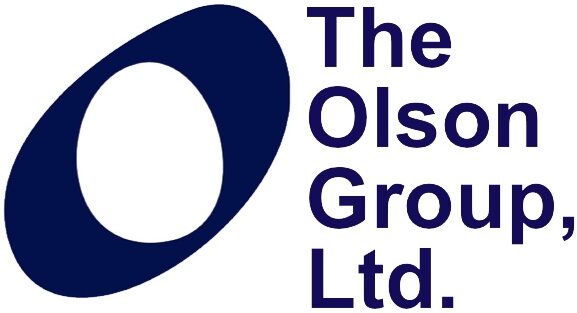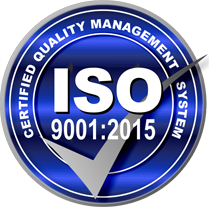The Olson Group, Ltd. (OGL) was awarded a two-year contract to develop an Emergency Operations Plan (EOP) and supporting Mitigation, Preparedness, Response, and Recovery Annexes, a Hazard Mitigation Plan (HMP), and a Continuity of Operations Plan (COOP) with departmental annexes using FEMA’s CPG-101 planning process.
OGL first worked with the Crisis and Emergency Management Program Administrator and the Vice President of Operations for the University to first develop an overarching support structure for the Crisis and Emergency Management program. This consisted of the:
- Crisis Management Advisory Committee (CMAC), which provided policy-level guidance regarding emergency planning and response/recovery activities.
- Crisis Management Team (CMT): Under the direction of the Director of Crisis Management, provided personnel from key departments to manage the emergency response
- Planning Team: Stakeholders from across the University, which provided subject matter expertise and input in developing emergency management plans
OGL then developed and conducted an Initial Planning Workshop with members of the Planning Team to provide an overview of the project, its planning components, and the process and methodologies being utilized for data collection, project communications and collaboration and plan development, review and approval processes and timelines. Participants were left with a planning guidebook to use throughout the project.
OGL developed a set of online data collection tools, which allowed departments and other stakeholder organizations to easily organize and submit the data necessary to understand the organization, personnel, resources, facilities, and technology needed for response, recovery, and continuity of the University’s programs and services.
With the collected data in-hand and analyzed, OGL scheduled a week of onsite meetings and interviews with each department and the University administration to validate the information, identify program needs or gaps and provide an opportunity to further train stakeholders on emergency management planning.
Parallel to the data collection process, OGL recommended a response organization structure based on the Incident Command System (ICS) outlines of each planning element and developed the concept of operations (CONOPS), which served as the foundation of the EOP and the supporting plans and annexes.
For the Hazard Mitigation Plan (HMP), OGL worked with the program administrator to identify members of the Planning Team to serve on a Hazard Mitigation Working Group to aid in the development of the Hazard Mitigation Plan. While not required for private institutions, OGL followed the entire FEMA process for the HMP.
OGL compiled the data from the surveys, interviews, meetings, and other sources to draft the Base EOP, Support Annexes, Departmental COOP Annexes, and Hazard Mitigation Plan for stakeholder review. That was followed by a mid-term planning meeting with the program administrator and administration.
OGL then incorporated stakeholder comments to produce a final draft of the documents in preparation for a Final Planning Meeting and facilitated Plan Orientation.
Throughout the planning process, OGL documented the approach, participation, and processes used to develop the plans in support of the University’s application for the Emergency Management Accreditation Program (EMAP).


